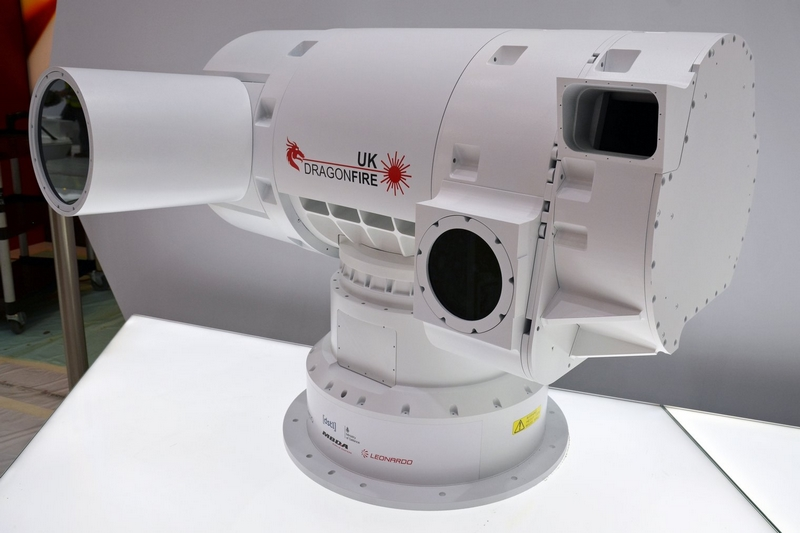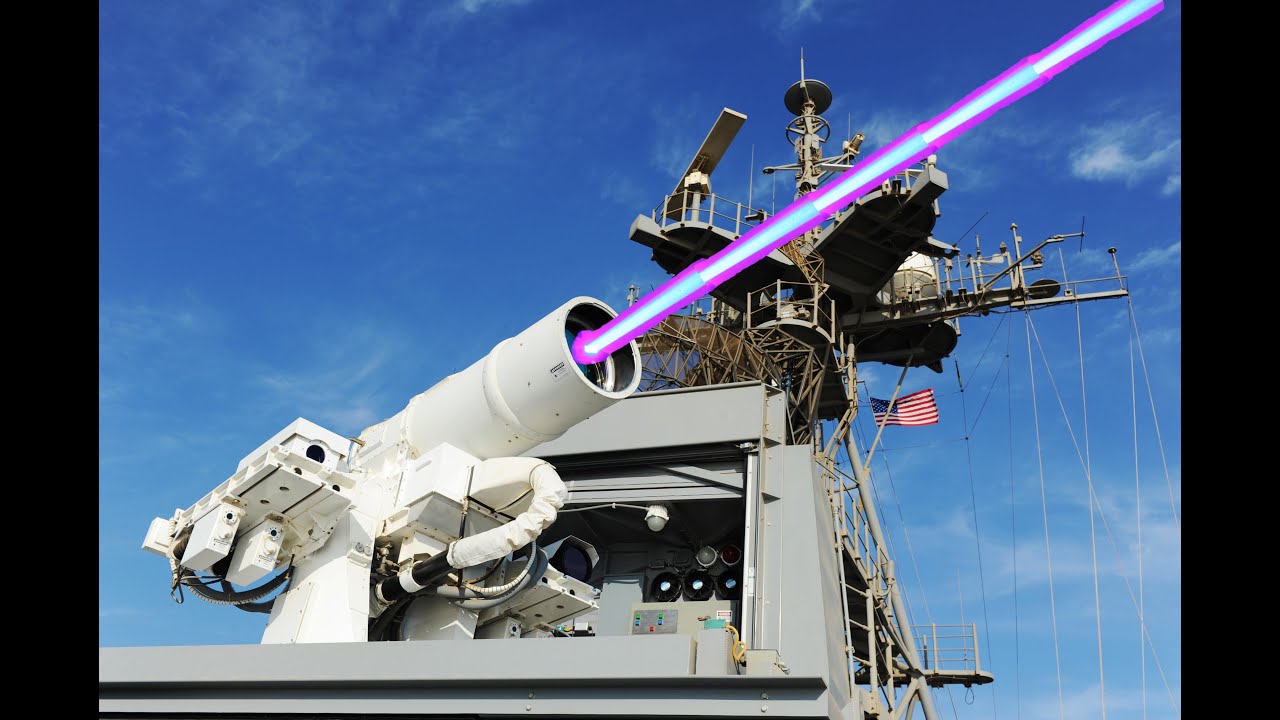
The United Kingdom’s Royal Navy is ushering in a new era of defense with the development of DragonFire, a laser-directed energy weapon (LDEW) poised to enhance its capabilities by 2027.

This futuristic defense system, which seems plucked from science fiction, is on track to become an integral part of the Royal Navy’s arsenal, offering a game-changing blend of precision, speed, and cost-effectiveness.

DragonFire’s capacity to shoot down drones and missiles and potentially disrupt enemy sensors represents a significant leap forward in naval defense technology.

As the MoD accelerates its £100m laser weapons program, DragonFire is expected to be operational five years ahead of schedule, highlighting the urgency with which the UK is approaching this innovation.

During testing at the Defence Science and Technology Laboratory (Dstl) at Porton Down, DragonFire demonstrated its destructive power. It can incinerate the casing of a 120mm mortar shell, turning it to molten metal, and burn through sheets of steel and fire bricks designed to withstand extreme temperatures.

This display of firepower underscores its potential effectiveness on the battlefield, especially when used against modern threats like drones, a common challenge faced by naval forces worldwide.

The allure of DragonFire lies not only in its lethal efficiency but also in its economic advantage. With a cost of merely £10 per shot, it presents an affordable alternative to the traditionally expensive missile systems used for air defense.

Traditional interceptor missiles like the Sea Viper come with a hefty price tag, whereas DragonFire offers a lower cost-per-shot, allowing the Navy to conserve more sophisticated missiles for graver threats.

The UK’s technological advancement also addresses the significant shift in the economic calculus of defense, as observed in recent conflicts where inexpensive drones have showcased their efficacy.

By introducing a low-cost, high-efficiency defense measure, DragonFire could help restore balance in the favor of well-equipped military forces facing large volumes of cheap unmanned systems.

Despite its promising potential, the actualization of DragonFire does come with challenges. Environmental factors like rain, fog, and smoke can hinder laser effectiveness, and maintaining a lock on a moving target can be technically demanding.

Furthermore, the energy requirements for such high-powered lasers necessitate robust cooling systems and frequent recharges, posing logistical questions.

Chris Allam, managing director of MBDA UK, told Forces News it has taken a “huge amount of hard work, lots of engineers, lots of Dstl scientists” to get to this point.

“Taking raw electrical power, squeezing it down to create a laser beam and then critically being able to target it in quite a complex environment so it’s absolutely accurate and therefore all that power ends up on the target,” he said.

“It’s a game changer. This is a revolutionary step in terms of capability.”
Relevant articles:
– DragonFire: The Naval Laser Weapon That Looks Like a Game Changer, The National Interest
– DragonFire: Royal Navy’s new ‘game changer’ laser to be fitted five years ahead of schedule, Forces Network
– DragonFire: How lasers could revolutionize the way militaries counter enemy missiles and drones, CNN
– New footage shows how DragonFire laser can melt away threat posed by enemy drones, Forces Network

